Spending time in the great outdoors is an awesome way to get back in touch with mother nature. However, with the cold, hard, bumpy ground to welcome you at the end of your hike, getting good rest can be really hard to come by. You might not afford an air mattress right away, or have enough space for it. Fortunately, we have sleeping pads for this. With the right sleeping pad, you can better enjoy your sleep under the stars with comfort that’s a little closer to your bed back home.
Getting a top-notch sleeping pad is critical to get the best outdoor sleeping experience. You stand to get this from the latest models, which are made using superior material that is able to insulate and keep you warm from the cold. They are made in the most appropriate dimensions, weight, and thickness too while offering you the best comfort possible.
Although most are able to be packed to pint-size for easier transportation, you can still get to choose from a variety of sizes depending on your preference. The only problem, you’ll still need to select among so many in the market today. But we have you covered with our list of the best sleeping pads out there today.
Top 10 Sleeping Pads Of 2020 Reviewed
1. WellaX Sleeping Pad
 Best Sleeping Pad For Mountaineering
Best Sleeping Pad For Mountaineering
The WellaX Sleeping Pad is a 2½-inch-thick inflatable pad that features an embossed 20D Rip-stop Nylon and the TPU Layer for water resistance and durability. It has more than 300 Air Sprung Cells for comfort and thermal resistance of 2.1 R-value. Not only that, this pad is lightweight and compact when packed, the perfect companion to any hiking adventure. Plus, it comes with 2 flat valves, one for inflating and the other for deflating. However, it isn’t a good sleeping bag for winter camping. It is still not thick enough to prevent side sleepers from feeling the ground with their hip.
Pros:
- Waterproof and abrasion resistant
- Separate valves for inflating and deflating
- Lightweight and compact
Cons:
- Low thermal resistance
- Not for side sleepers
- A bit thin
2. Coleman Self-Inflating Camping Pad with Pillow
 Best Sleeping Pad For Side Sleeper
Best Sleeping Pad For Side Sleeper
The Coleman Self-Inflating Camping Pad has a durable, weather-resistant polyester shell that features a tufted design for added comfort. The free-flow valve makes it easy for the pad to self-inflate while the compression straps enable you to squeeze every bit of air out when you pack up the pad. However, it does not inflate the pillow so you’ll need to manually blow it up or get an air pump. It is quite heavy so it might not be for hikers and backpackers. And the compression straps break easily.
Pros:
- Durable, weather-resistant polyester shell
- Comfortable
- Self-inflating pad
Cons:
- Heavy
- Pillow does not self-inflate
- Straps are a bit flimsy
3. Klymit Static V Lightweight Sleeping Pad
 Best Sleeping Pad For Camping
Best Sleeping Pad For Camping
The Klymit Static V Lightweight Sleeping Bag is the perfect choice for those who want something simple, comfortable, and affordable. This sleeping pad is made of 75D polyester that has above average tear, puncture, and abrasion resistance. It features a V-shaped design for superior support and comfort while the side rails ensure that the air doesn’t shift inside the pad if you toss and turn during the night. The twist-pull valve makes inflating and deflating the pad easy.
Plus, the pad comes with a patch kit located in a small integrated pocket on the top of the storage bag. Because when camping or backpacking, it’s important to always be prepared. However, the pad is not as light as some experienced backpackers would like at 19.3 oz. It is a bit narrow for wider individuals or even for those who like to move around in their sleep. And this is not insulated which means it’s not ideal for winter camping.
Pros:
- Easy to use
- Very comfortable
- Affordable
Cons:
- Not as lightweight as other bags
- Narrow
- Not insulated
4. Outdoorsman Lab Ultralight Sleeping Pad
 Best Sleeping Pad For Hiking
Best Sleeping Pad For Hiking
This ultralight sleeping pad from Outdoorsman Lab is made of 20D Ripstop Woven Nylon and features interconnected diamond shaped air cells that self-adjust to your body’s shape, providing the ultimate support and comfort. Because the air cells are isolated, airflow is limited which reduces heat loss. What a lot of backpackers like about this sleeping pad is that it’s really ultralight at 16oz. However, this is not insulated. It is quite narrow. And it does slide around a bit inside a tent or on top of a cot.
Pros:
- Self-adjusting air cells
- Ultralight
- Very compact
Cons:
- Not warm enough use in cold weather
- Slides around
- Narrow
5. Alps Mountaineering Lightweight Pad
 Best Sleeping Pad For Hammock
Best Sleeping Pad For Hammock
One thing we love about the Alps Mountaineering Lightweight Pad is that it comes in various sizes, ranging from short to extra long. The top of the pad is made of strong diamond ripstop fabric while the bottom is a durable polyester taffeta fabric. The high-quality brass valves are non-corrosive and more durable than the plastic valves used by competitors. The pad comes with a repair kit, just in case. Compression straps and carry bags make storing the pad easier. Plus, the sleeping pad comes with a limited lifetime warranty. However, it doesn’t seem to inflate all the way. It has no insulation at all.
Pros:
- Various sizes available
- Non-corrosive valves
- Limited lifetime warranty
Cons:
- No insulation (low R-value)
- Doesn’t inflate all the way
6. TNH Outdoors Self Inflating Sleeping Pad
This self-inflating sleeping pad from TNH Outdoors is made of tough 70D polyester skin. It features the 500 series pneumatic valve which enables the pad to self-inflate. The pad is 1.5 inches thick which enables it to become quite compact when stored away or packed in a bag. Plus, this sleeping pad comes with a lifetime warranty. Because it isn’t as thick as some other sleeping pads on our list, it is not surprising that it isn’t as comfortable as other models. Also, it doesn’t self-inflate all the way so you need to still blow some air into it. In addition, the pad is quite narrow; some users are unable to stay on the pad if they turn while sleeping.
Pros:
- Lightweight and compact
- Lifetime warranty
- Durable
Cons:
- Not as comfortable as other models
- Does not inflate all the way
- A bit narrow
7. TETON Sports Camp Pad
 Best Sleeping Pad For Cot
Best Sleeping Pad For Cot
The TETON Sports Camp Pad is made of open cell foam which provides both comfort and insulation when you’re sleeping on the ground. It comes with a built-in roll assistor and roll-up straps with compression buckles to make packing the bag easy. There’s a sewn-in pocket where you can store your phone, wallet, or keys. If you plan to use it on a cot, bungee attachments will keep it in place. And there’s even a pillow pocket where you can keep your pillow in place or stuff some clothes into DIY a pillow for the night. However, it is huge so this might not be the best option for hiking. It is hard to return the pad into the cover after washing. And it is a bit pricey.
Pros:
- Built-in roll assistor
- Sewn-in pocket
- Built-in pillow pocket
Cons:
- Bulky
- Pricey
- Hard to put back cover after washing
8. Therm-A-Rest NeoAir XLite Ultralight Inflatable Air Mattress
 Best Sleeping Pad For Stomach Sleeper
Best Sleeping Pad For Stomach Sleeper
If you want something lightweight, insulated, and fit for use during spring, summer, and fall, then the Therma-A-Rest NeoAir XLite Ultralight Inflatable Air Mattress is exactly what you’re looking for. This sleeping pad uses proprietary reflective ThermaCapture technology traps radiant heat within the mat as well as the Triangular Core Matrix which helps reduce heat loss while you sleep. The R-value is 3.2. And you can pack it up to the size of a one-liter water bottle. However, it is noisy; it makes a crinkly sound whenever you move. Also, it is a bit narrow and takes a while to inflate.
Pros:
- Compact and lightweight
- Insulated for use during spring, summer, and fall
- Very comfortable
Cons:
- Noisy
- Narrow
- Takes a while to inflate
9. Semoo Camping Sleeping Mat/Pad
 Best Sleeping Pad For Couples
Best Sleeping Pad For Couples
This sleeping pad from Semoo features a waterproof polyester taffeta coating, a high-resilience sponge filling, and high-quality ABS quick flow valve. It is self-inflating, lightweight (only 2.3lbs), and comes with compression straps. You can even get two and buckle them together to create a bigger sleeping pad fit for two. Plus, Semoo offers a 100% satisfaction guarantee. However, the built-in pillow is uncomfortable. It doesn’t self-inflate very well; it will need some help from you. And some users found it to narrow.
Pros:
- 100% satisfaction guarantee
- Lightweight
- Comes with compression straps
Cons:
- Doesn’t self-inflate very well
- Narrow
- Built-in pillow is uncomfortable
10. Therm-A-Rest NeoAir XTherm
 Best Sleeping Pad For Winter Camping
Best Sleeping Pad For Winter Camping
Yes, this is another sleeping pad for Therm-A-Rest but there are several differences. One, this pad is very expensive. Two, this was specifically designed the ultimate winter expedition sleeping pad. Everything else remains the same. So if you have money to spare and want an all-year-round sleeping pad, this is the one for you. Just take note that it is also a bit noisy (crinkly) though not as loud as other pads. And it is also a bit narrow.
Pros:
- Four-season sleeping pad
- Lightweight (only 20 ounces)
- Very comfortable
Cons:
- Very expensive
- Slightly noisy
- A bit narrow
How to Choose the Best Sleeping Pad: the Ultimate Buying Guide
If you’re planning to commune with nature anytime soon, you’re going to need something comfortable to sleep on. A good sleeping pad is a key to ensuring a memorable night in the wild and avoiding a miserable one. Of course, comfort is entirely subjective but that’s why there are plenty of pads for you to choose from. The only problem is, finding which one suits your budget, comfort level, and other needs best. To help you determine which sleeping pad is going to be your next companion outdoors, we’ve constructed this in-depth guide.
Types of Sleeping Pad Construction
Sleeping pads come in many forms – self-inflating, air construction, and closed-cell foam. Each type has its own pros and cons.
Closed Cell Foam
There’s open-cell, then there’s closed-cell foam. The most basic and simplest of all pads, however, is closed cell foam. This type of pad is typically the most affordable and durable. It’s also very lightweight and easy to carry. However, these pads aren’t the most comfortable. They also tend to be bulkier than other types of sleeping pads and can be difficult to pack up.
Self-Inflating
Self-inflating sleeping pads are exactly what their name suggests – you open the valve of the pad and the air flows in, slowly filling up the sleeping pad until it is fully inflated. Within the pad, you’ll find open-celled foam which is similar to a sponge. This foam inflates when the air comes in and serves as insulation as well as cushioning.
Self-inflating pads are more comfortable than closed cell foam ones. Though they are more durable than air pads, they don’t have the same durability as closed cell foam pads. But they are less bulky. Typically, these pads are fairly expensive. One of the self-inflating pads on our list is the Coleman Self-Inflating Camping Pad with Pillow.
Air Construction Pads
When it comes to the lightest of sleeping pads, air pads are number one. They’re similar to an inflatable pool toy except that they’re constructed to be more durable and warmer. These pads are typically 2 to 3.5 inches thick to provide enough cushion and prevent your body from touching the ground.
The type of insulation used in these pads are varied. It can be synthetic, down, or baffled structures. Compared to all other pads, these are the most compact and ideal for outdoor sleepers. You can easily customize these according to your comfort level by adjusting the firmness. However, these are the least durable and takes quite a while to inflate. Also, these pads can be a bit noisy, especially if you like to change positions while sleeping. Plus, they are vulnerable to leaks. Our number one pick is an air pad – the Klymit Static V Lightweight Sleeping Pad.
What’s the Right Size?
Everyone is different which means that what’s perfectly suitable for one camper. When choosing the right sleeping pad for yourself, you’ll need to make sure that the dimensions of the pad suit you perfectly.
Length
For a comfortable night, you’ll want a pad that provides you cushioning from head to toe. For most individuals, a pad that is 47 to 48 inches in length would be sufficient. Those who want or need something longer, you can find sleeping pads that are between 72 and 78 inches. The Therm-A-Rest NeoAir XTherm comes in two sizes – regular and large. The regular size is still quite long at 72 inches.
Width
A lot of sleeping pads are 20 inches wide but some are wider at 25 to 30 inches. The Semoo Camping Sleeping Mat/Pad is slightly wider than most other pads at 22 inches. For those who toss and turn at night, it’s best to go for something extra wide so you don’t find yourself on the floor in the middle of the night. Most extra long sleeping pads are also extra wide.
How Thick Should the Bad Be?
As we’ve already mentioned, comfort is quite subjective. The thickness of a sleeping pad is not just about keeping you off the ground, it’s also about providing you with comfort. For most people, 2 inches is thick enough for both support and comfort. The 1.5-inch thick TNH Outdoors Self Inflating Sleeping Pad lacks just half an inch to provide much needed comfort. Heavier individuals may want something thicker. The same goes for those who are side sleepers.
Is Weight Important?
For car campers, the weight of a sleeping pad isn’t something they need to consider. Weight only becomes an issue if you plan to hike around with your sleeping pad. Only then should you know how to store and care for it while you are on the move. While 5 lbs isn’t a big deal, it can feel incredibly heavy after a mile or two. If you plan on having enough breath to blow up your pad, you’ll want to get the lightest one possible without sacrificing comfort and durability. One of the lightest on our list is the Outdoorsman Lab Ultralight Sleeping Pad which only weighs 16 oz.
Insulation and R-Value
One of the main purposes of getting a sleeping pad is to put something between you and the cold, hard ground. So, it shouldn’t be surprising that you’ll want a pad that has some sort of insulation which ensures that coldness doesn’t seep through to you. Most air pads and self-inflating pads feature an interior layer that provides insulation. If you really want to find something that offers warmth even during cold winter nights, you’ll want to check out the R-Value of the sleeping pad. This is a measurement of the pads resistance to heat flow.
The higher the R-Value, the more effective its insulation is. A pad that has an R-value of 3 to 4 is great for summer camping. The WellaX Sleeping Pad has an R-Value of 2.1 which may still be suitable for summer camping but it is generally best to use this with a sleeping bag or in a tent for better insulation. Higher R-Values are best for winter camping.


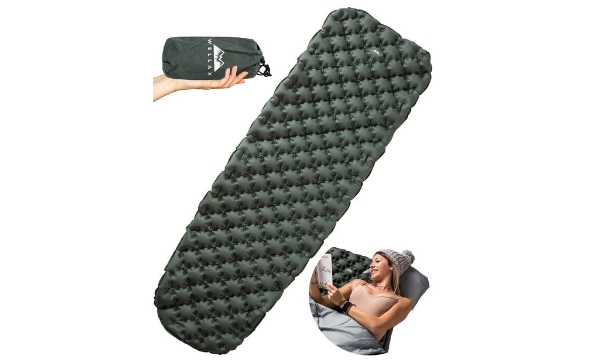
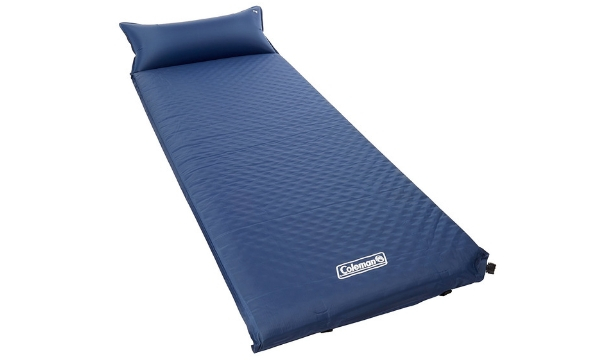
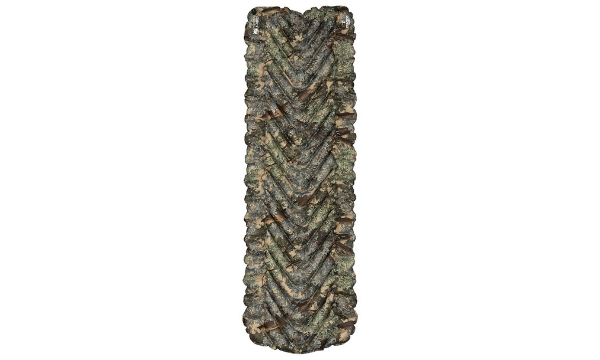
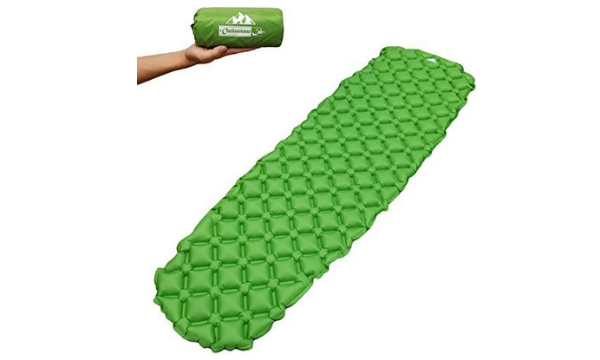
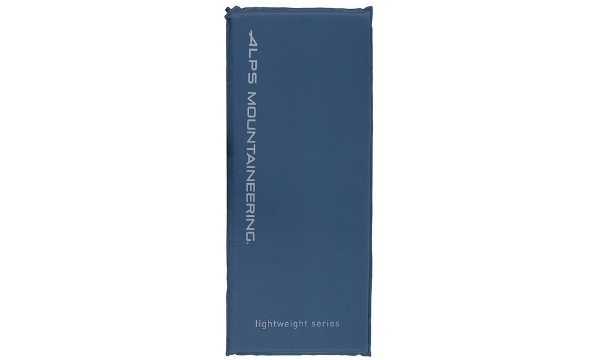
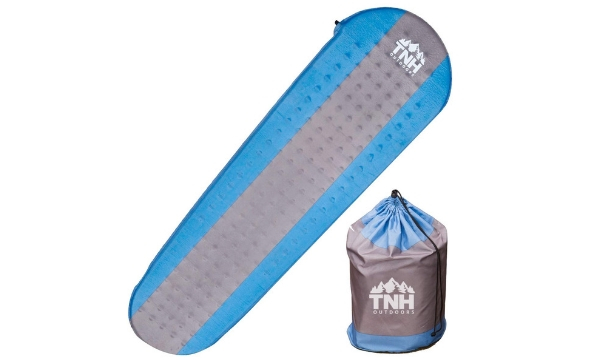
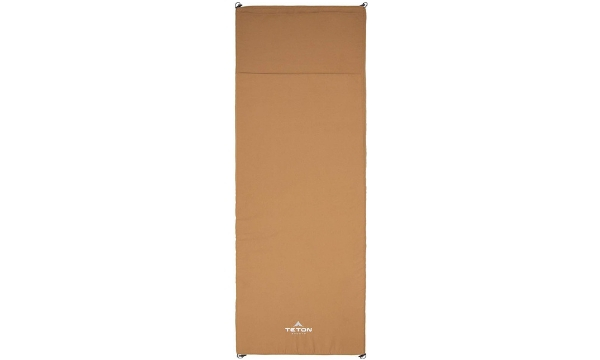
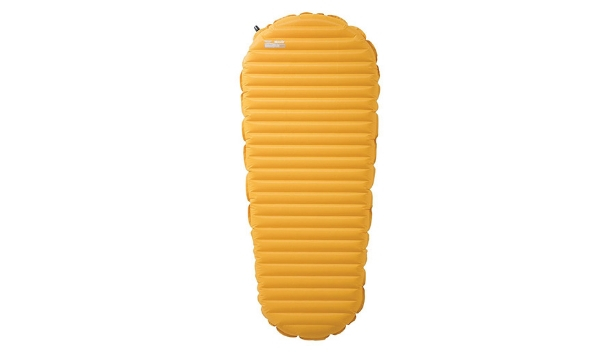
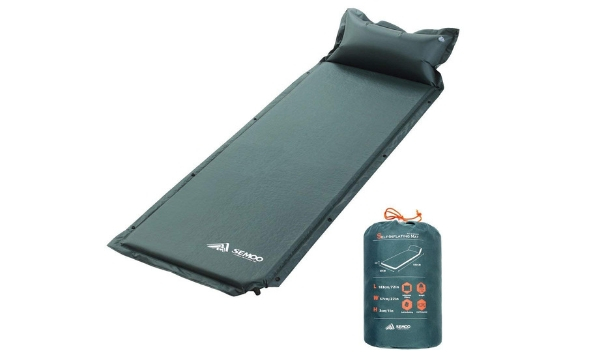
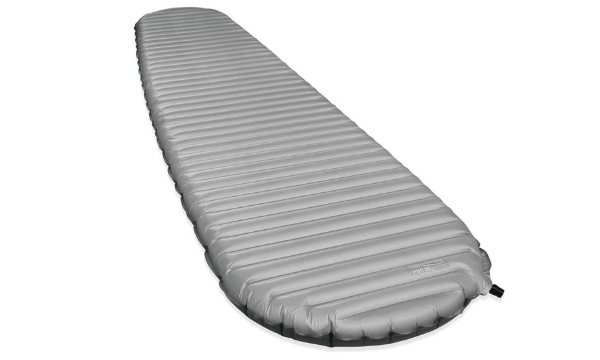
![Best Money Belts For Your Safe And Secure Travel [Updated April 2020] best money belts](https://www.awebtoknow.com/wp-content/uploads/2017/07/best-money-belts-218x150.jpg)

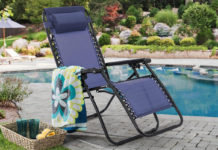

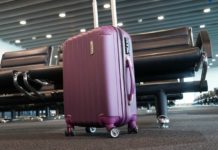






![Best Crochet Hooks for Beginners and Pros [2020 Update] best crochet books](https://www.awebtoknow.com/wp-content/uploads/2018/01/best-crochet-books-100x70.jpg)


